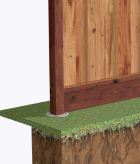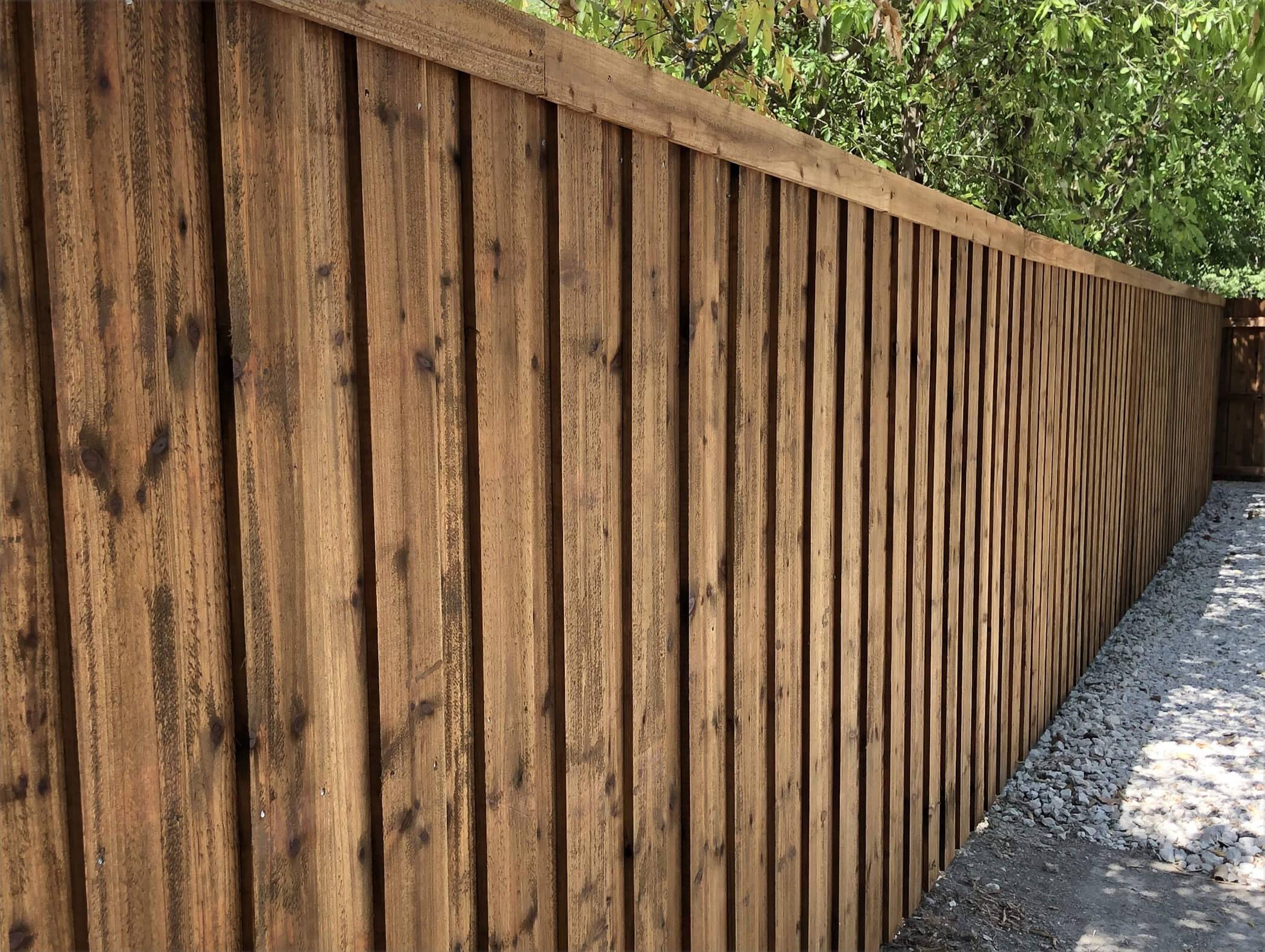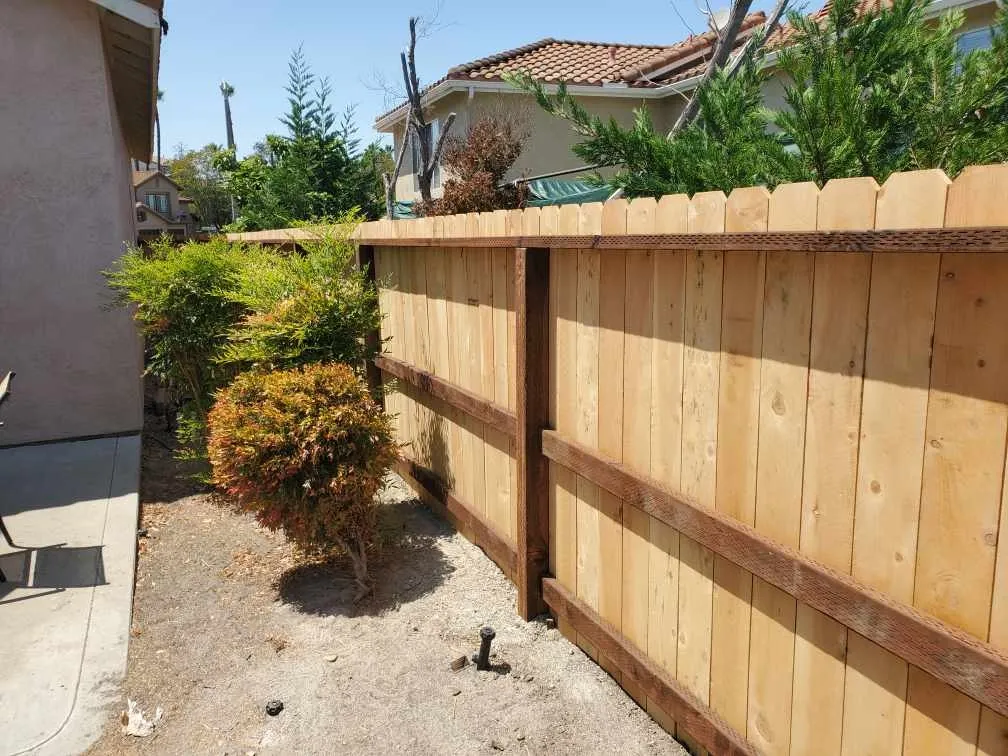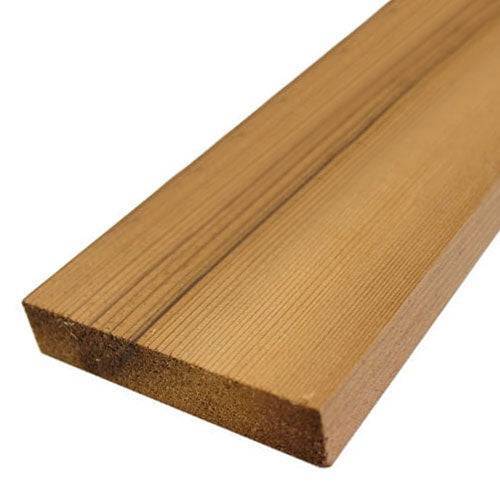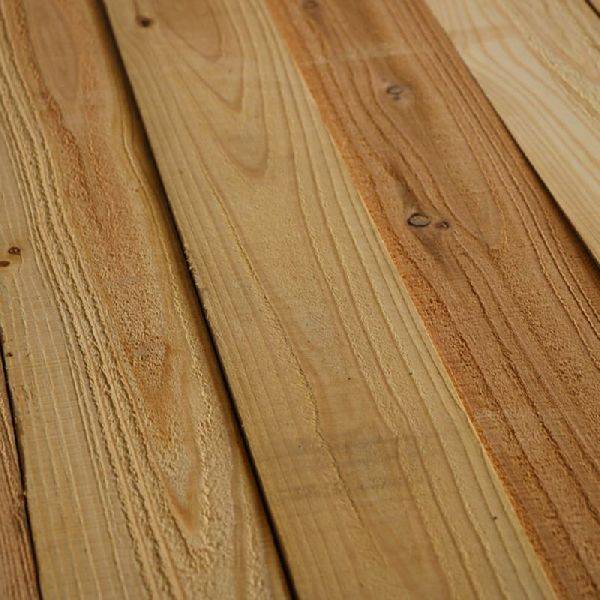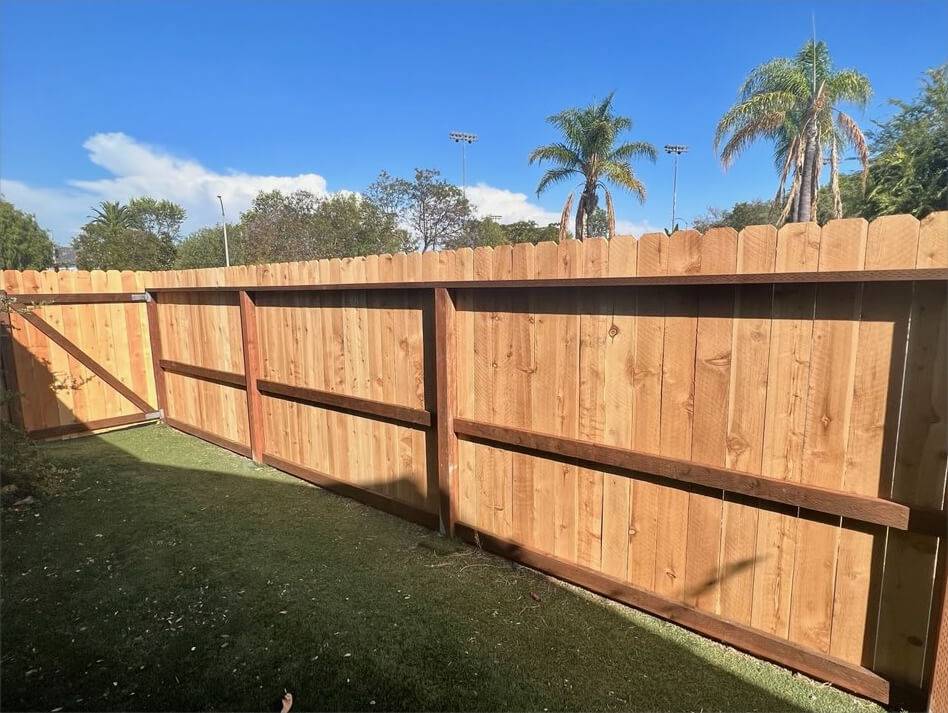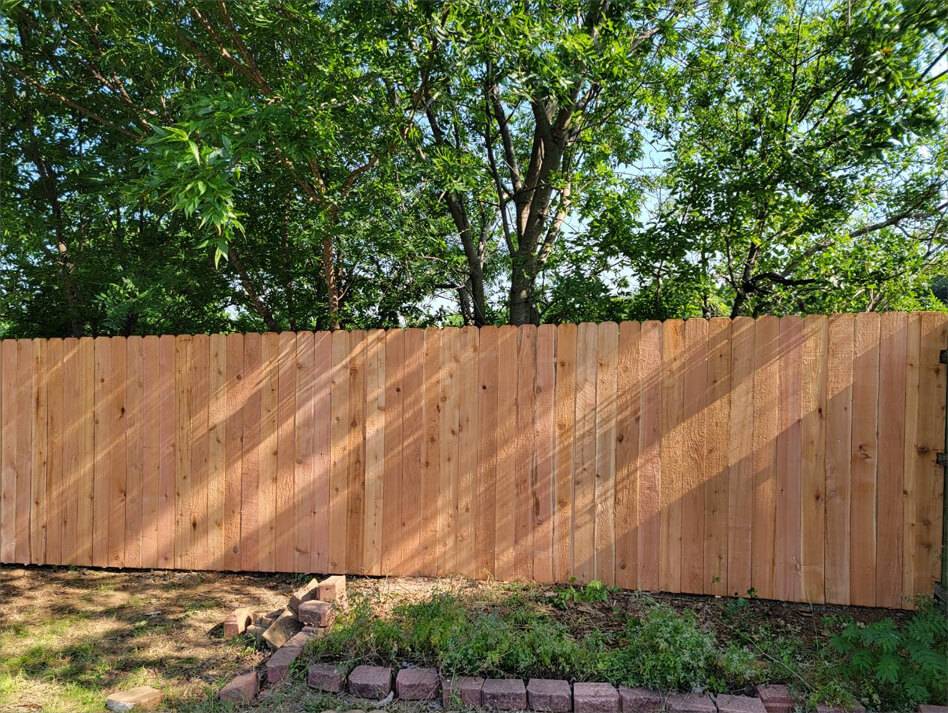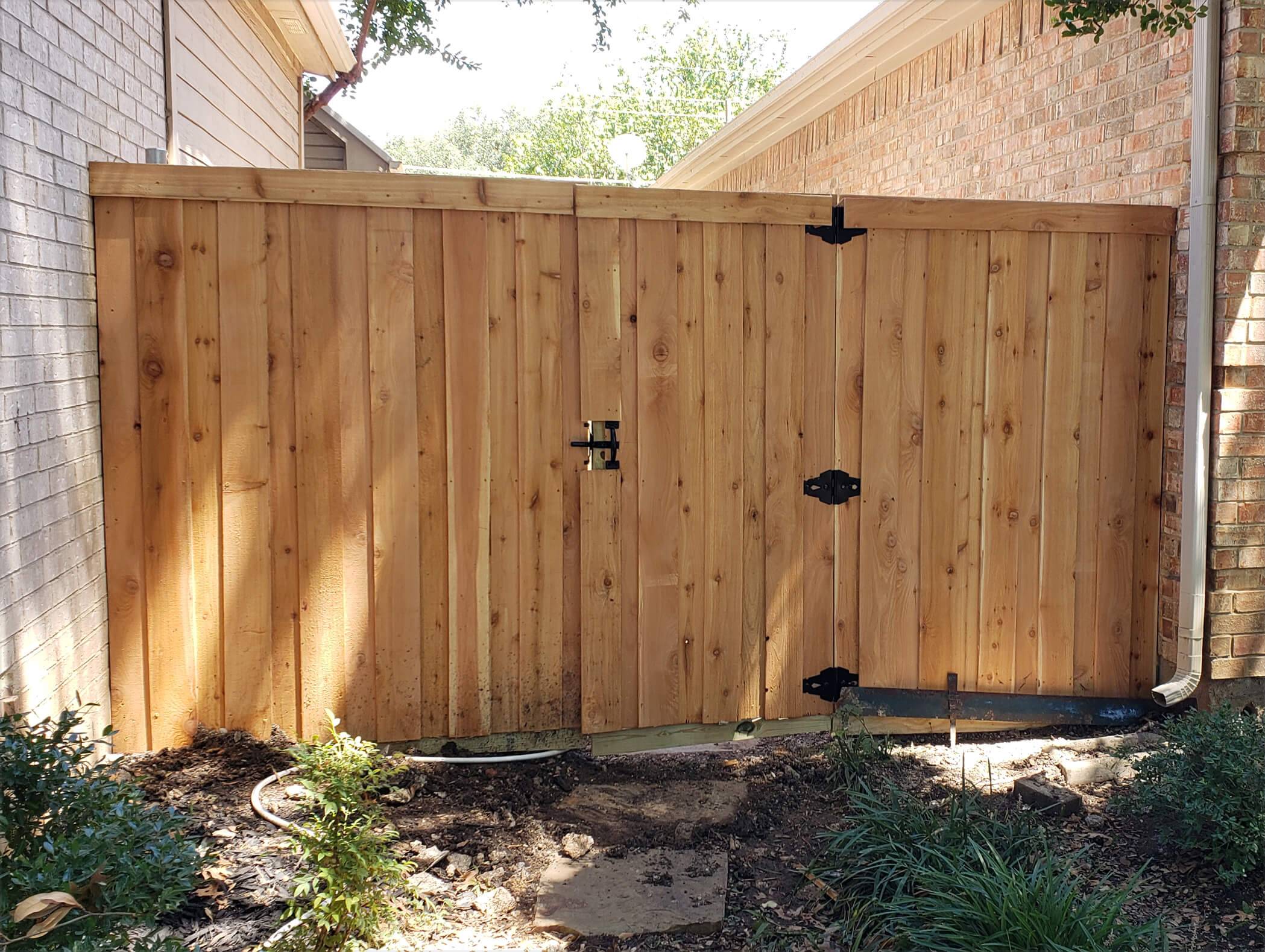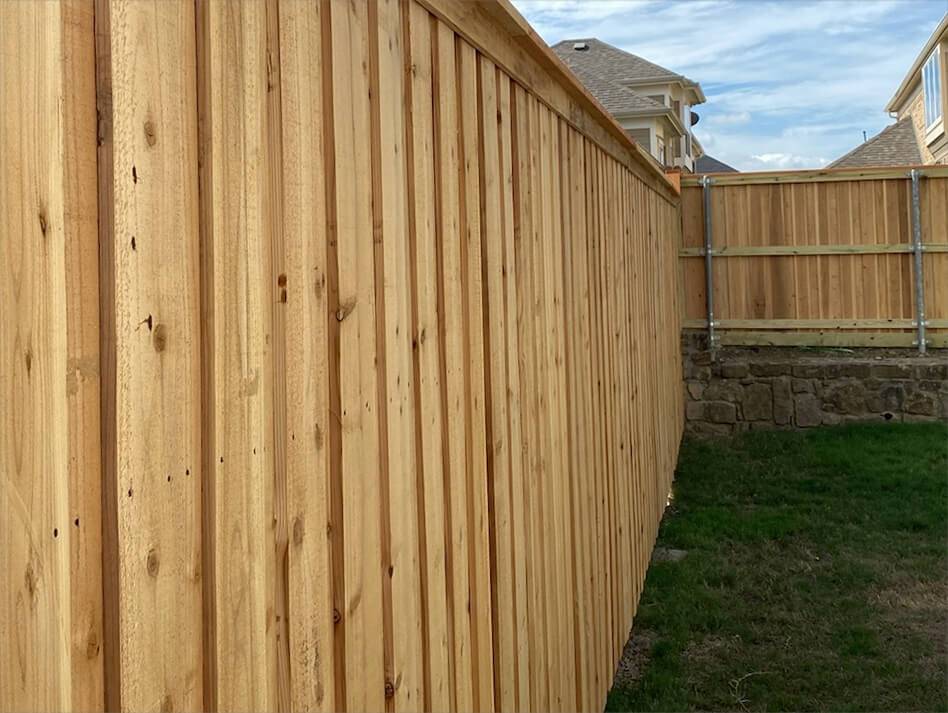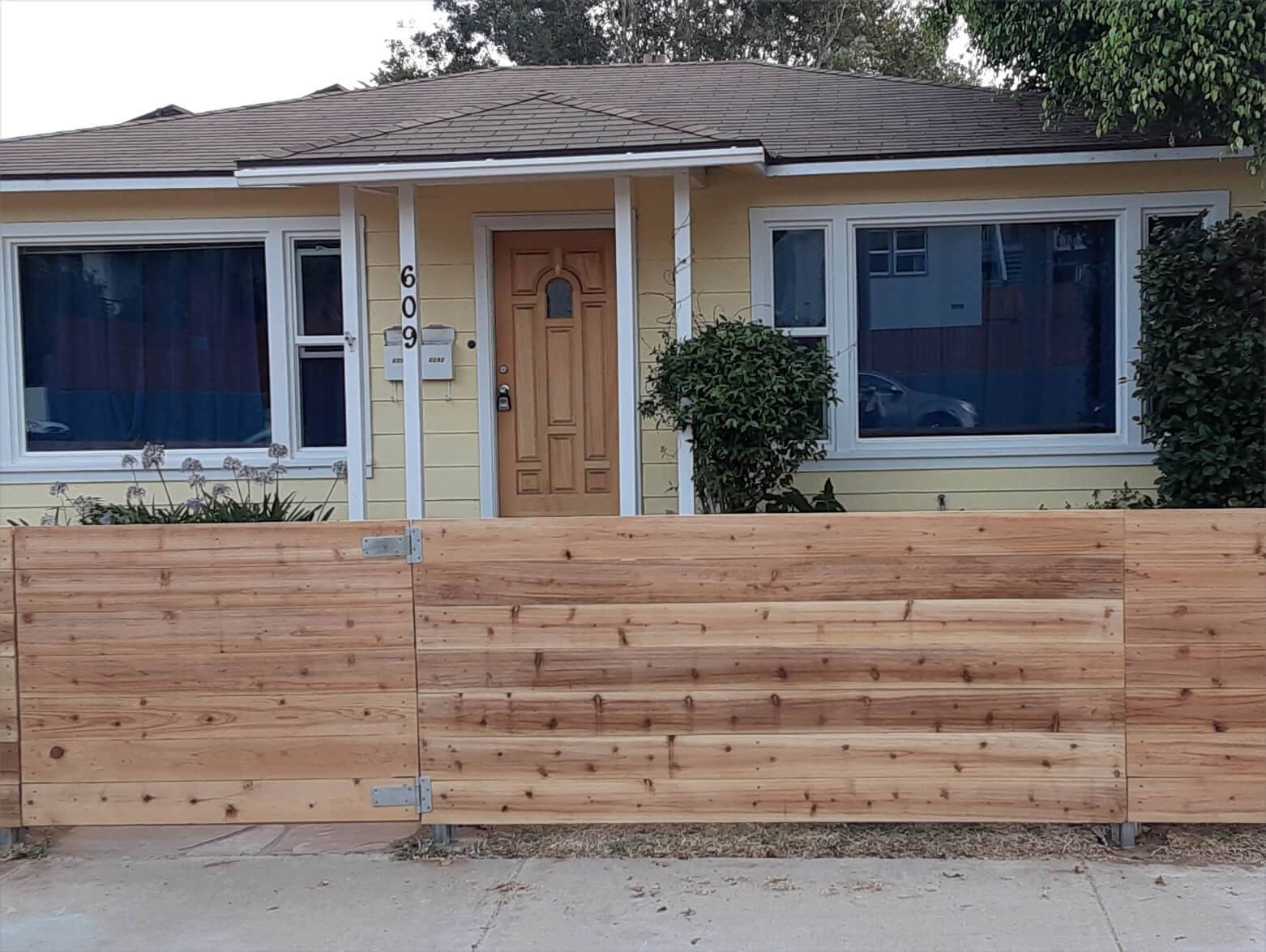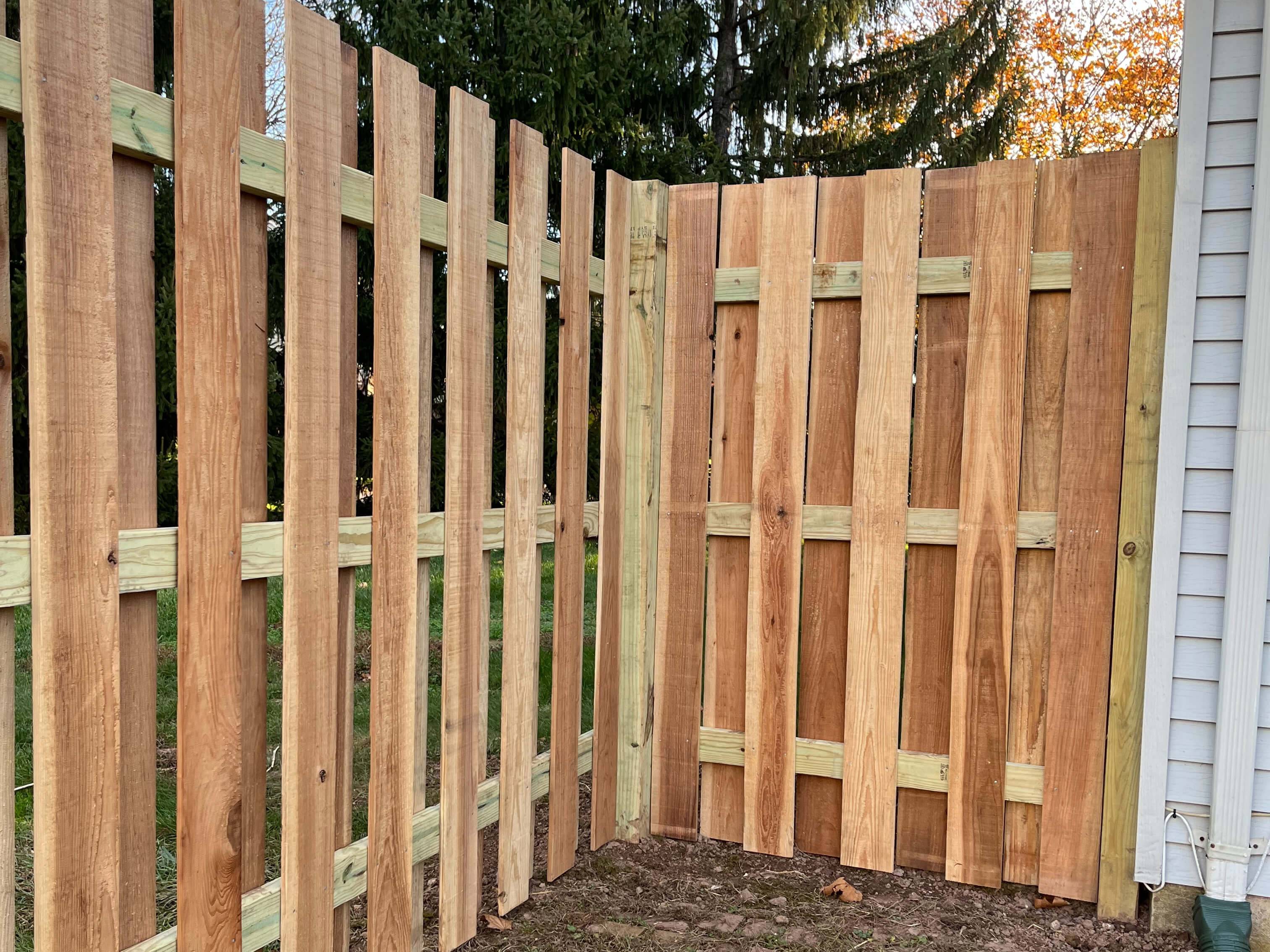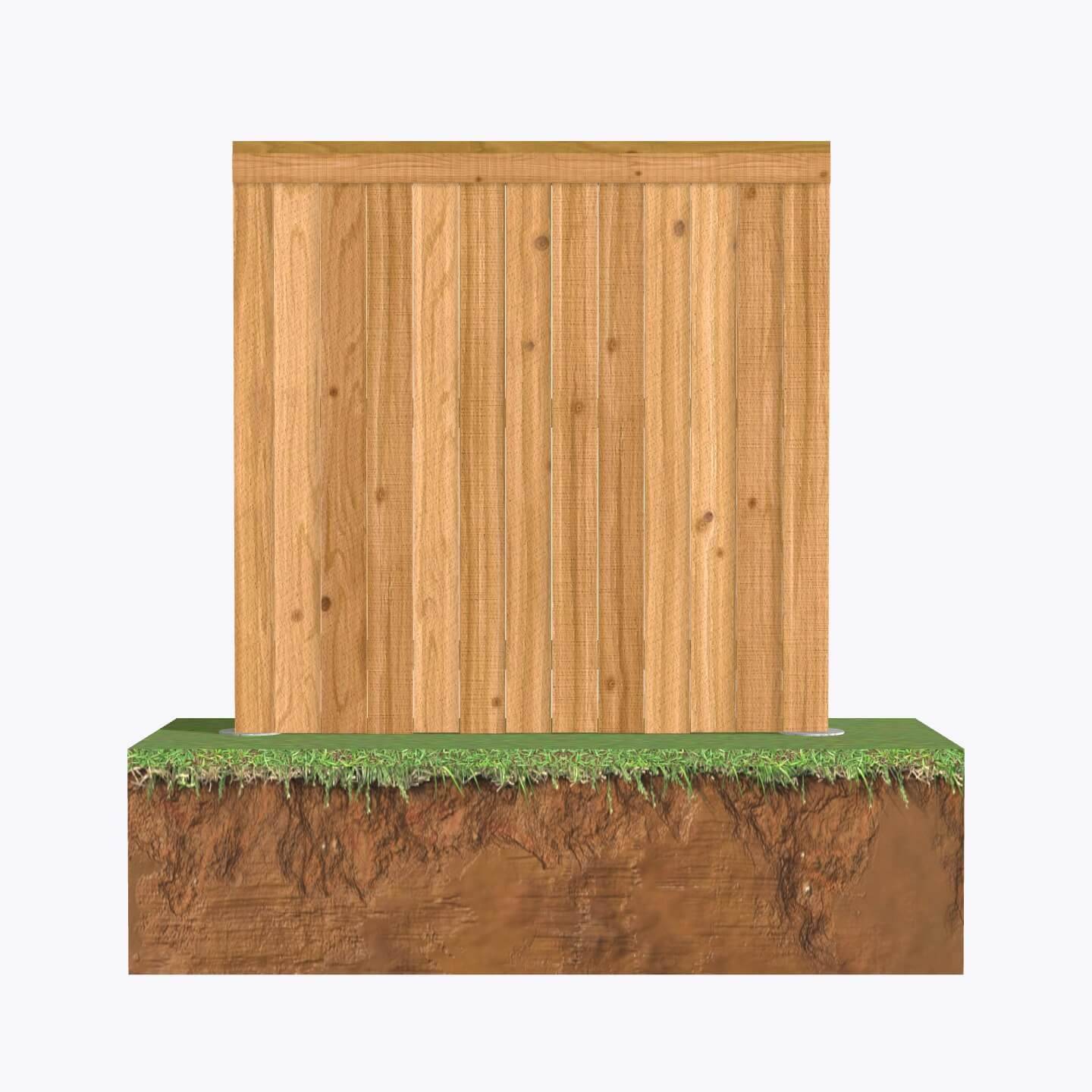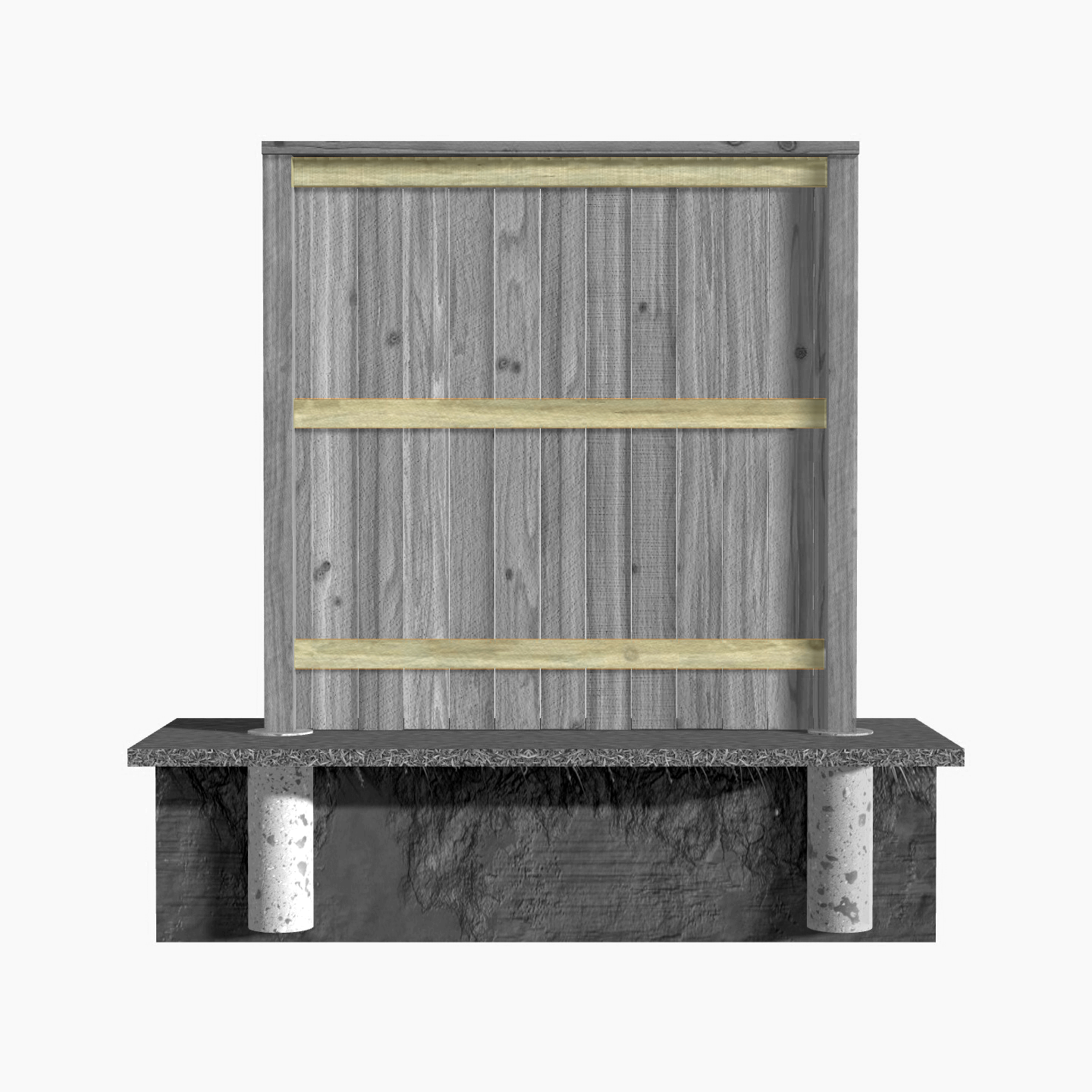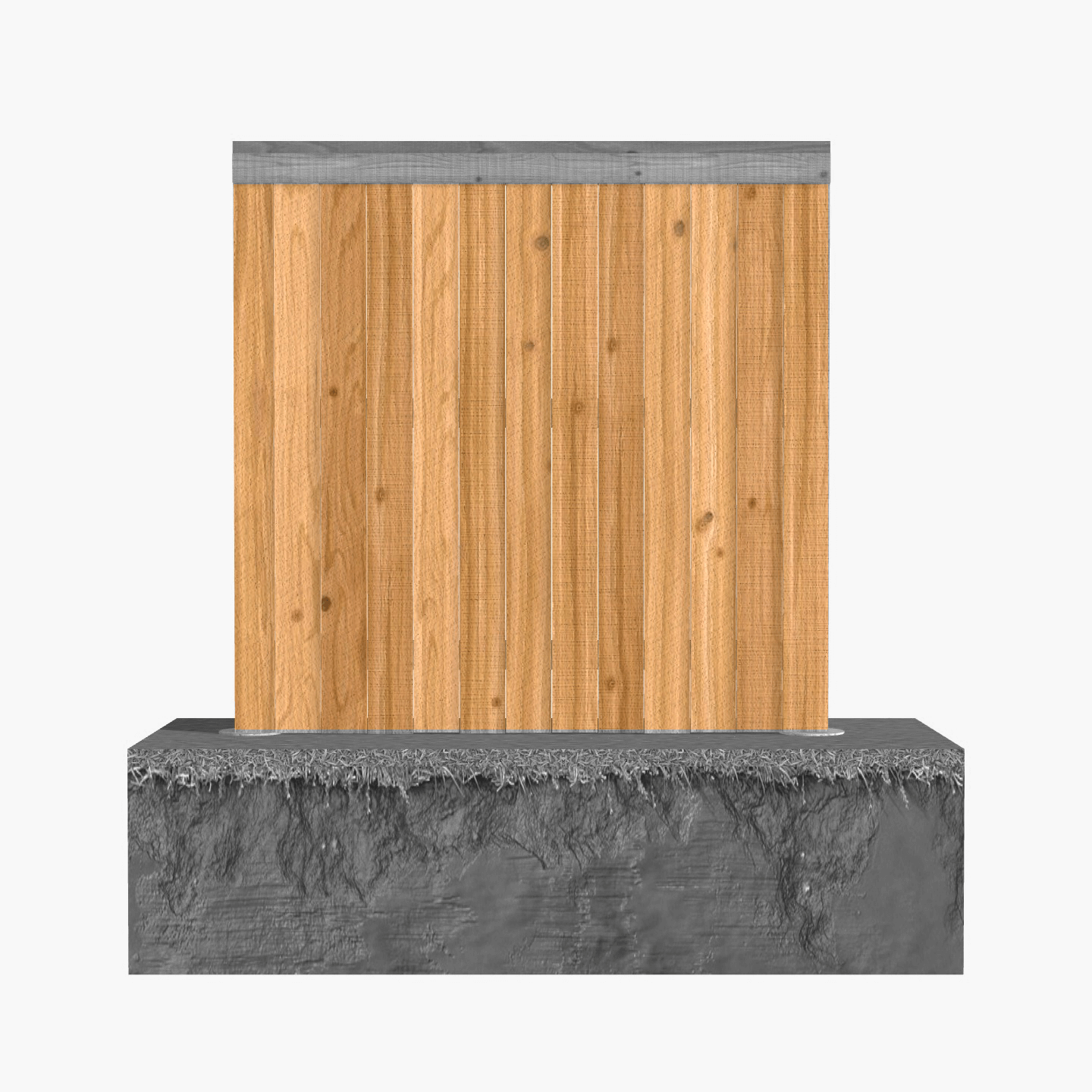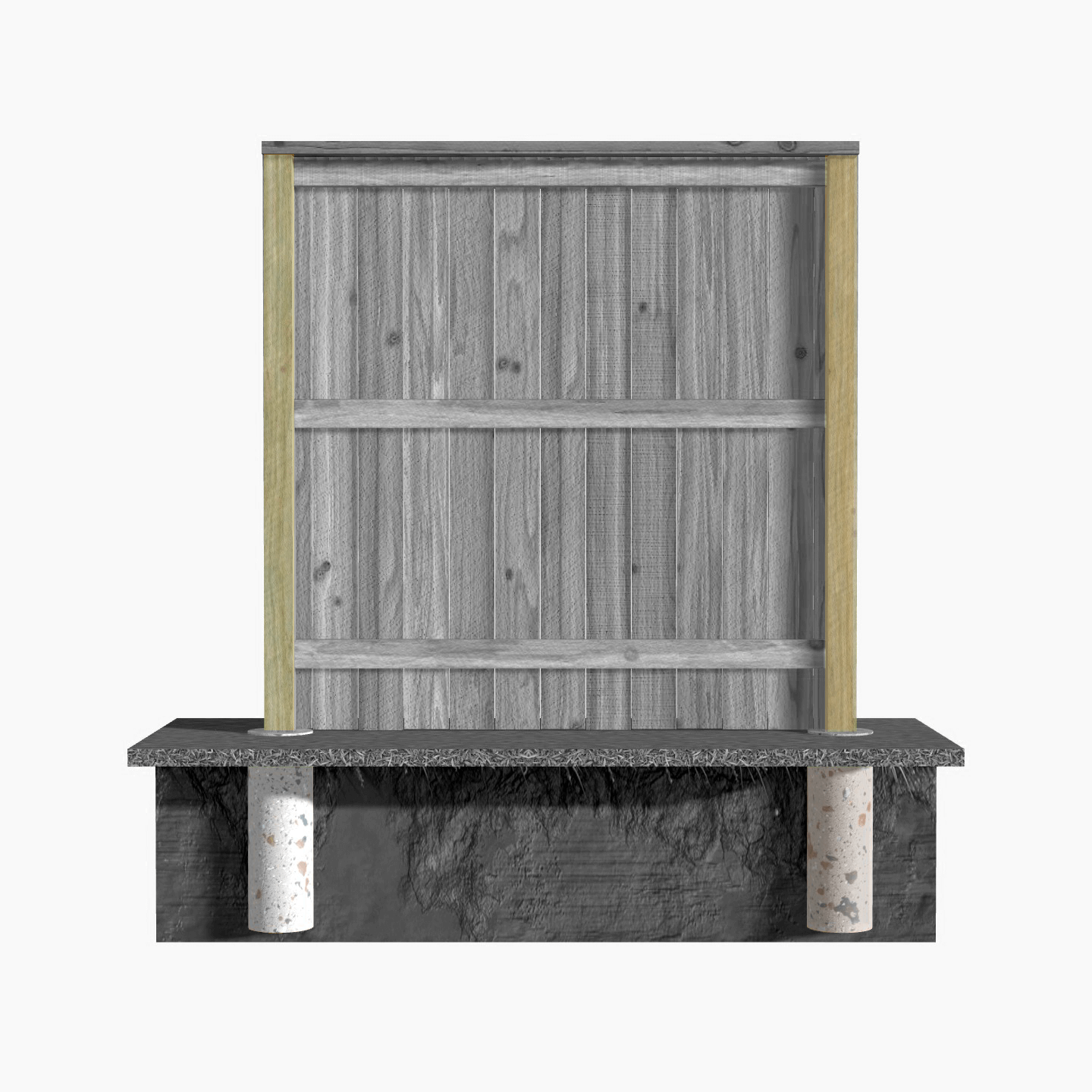Cedar fence installation
Finally a cedar fence company you can trust
Get your cedar fence installed by a world-class expert. Zero hassle. Fair prices. No hidden fees.
25,000+ fences installed
4.8/5 based on 9,000 reviews
Let's talk about your cedar fence project
No commitment
Transparent pricing
Fast response
No commitment
Transparent pricing
Fast response
Simple and Quick: Your New Cedar Fence Installed in No Time
Trust Ergeon for a smooth and efficient cedar fence installation process.
01

Get in touch with our fence experts
02
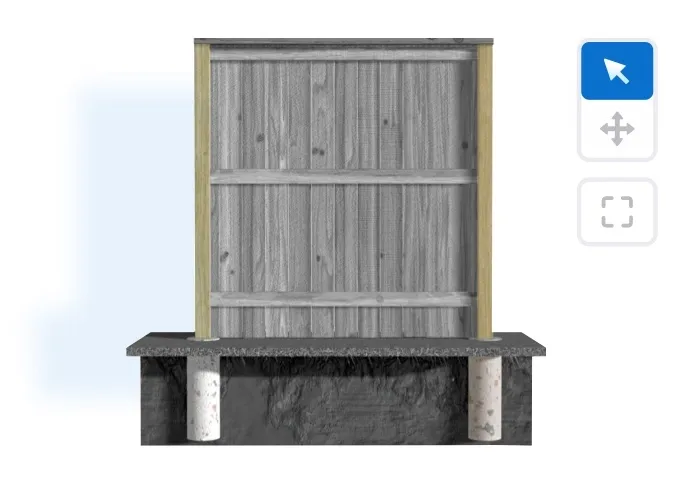
Choose one of our fence packages and customize the design
03

Choose your installation date, sit-back and relax
Our cedar fence team is here to make your project happen with zero hassle
We completed over 25,000+ wood fence projects
Ergeon was very responsive and professional - the fence looks absolutely gorgeous and the cedar smells incredible in the rain!
I needed to add a fence in between two existing fence sides. They even went above and beyond, nailing a fallen board from the other fence and even finished early, all that for a great price!
Corrin B.
12th Ave NE, Seattle
Beautiful fence installed by Ergeon!
Good quality Cedar wood boards and the installers are professional and effective.
Kim W.
Gavin Ct, San Jose
Common cedar fence uses
There are several species of cedar to choose from.
Cedar fence options
There are several species of cedar to choose from.
Popular cedar fence types and designs
Cedar fences can be built to suit a variety of uses, from adding privacy and security.
Cedar fence characteristics
Cedar fences are a popular choice for wood fencing and provide privacy and curb appeal to your home
What is a cedar fence?
A cedar fence is a type of wood fence built using cedar wood. Cedar fences can be built to popular styles such as nail up, picture frame, picket, and more! Cedar is more lightweight than other lumber types, but still a durable option for residential fencing.
Benefits of a cedar fence
Many homeowners choose cedar fences for their properties. Cedar is a beautiful wood type, distinct for its rich colors and tight grain, meaning it has fewer knots than other types of lumber. Cedar fencing is also resistant to damage from insects.
Cedar fence costs
A rough estimate for a 6’ height Cedar fence in 2023 cost between $6-$12 per linear foot. The total cost for a new cedar fence will depend on many factors like the style, add-ons and more. The average project size for residential homes ranges from 80 to 100 linear feet of cedar fence.
Fence Components
A cedar fence is made up of a few different parts. The basic components consist of vertical posts, horizontal rails supporting fence pickets, fence boards, and decorative trims.
Contact our cedar fence installation team and get your project started
Cedar fence installation locations
Ergeon provides wood fence installation services in California, Florida, Georgia, Illinois, New Jersey, Maryland, Pennsylvania, Texas, Virginia and Washington
Alameda Antelope Antioch Aptos Atlanta Benicia Berkeley Brentwood Campbell Carmichael Castro Valley Citrus Heights Clovis Concord Corona Cupertino Dallas Daly City Danville Davis Dublin El Cerrito El Dorado Hills El Sobrante Elk Grove Fair Oaks Fairfield Folsom Fort Worth Fremont Fresno Galt Gilroy Hayward Houston Lake Forest Lincoln Livermore Lodi Los Altos Los Angeles Los Gatos Manteca Martinez Menlo Park Merced Milpitas Modesto Moreno Valley Morgan Hill Mountain View Napa Newark North Highlands Novato Oakland Oakley Orangevale Palo Alto Petaluma Piedmont Pittsburg Pleasant Hill Pleasanton Rancho Cordova Redwood City Richmond Riverside Rocklin Roseville Sacramento Salinas San Bruno San Carlos San Diego San Francisco San Jose San Leandro San Mateo San Pablo San Rafael San Ramon Santa Clara Santa Cruz Santa Rosa Saratoga South San Francisco Stockton Suisun City Sunnyvale Thousand Oaks Tracy Turlock Union City Vacaville Vallejo Visalia Walnut Creek Watsonville West Sacramento Woodland Yuba City San Antonio Austin Baltimore Washington Philadelphia Arlington Newark Arlington Richmond

